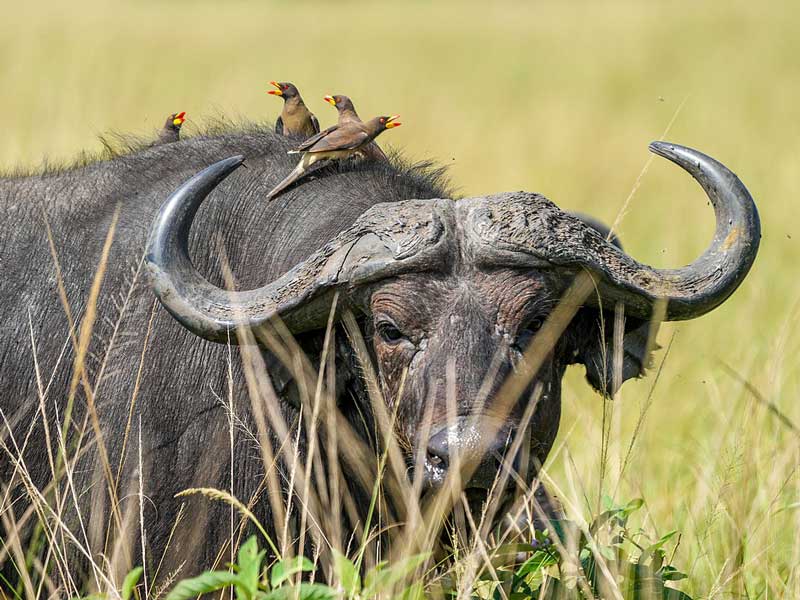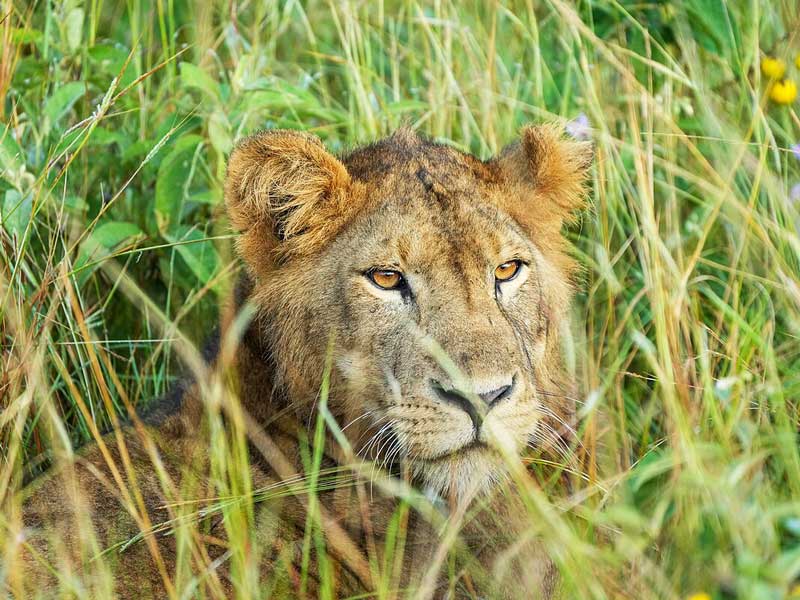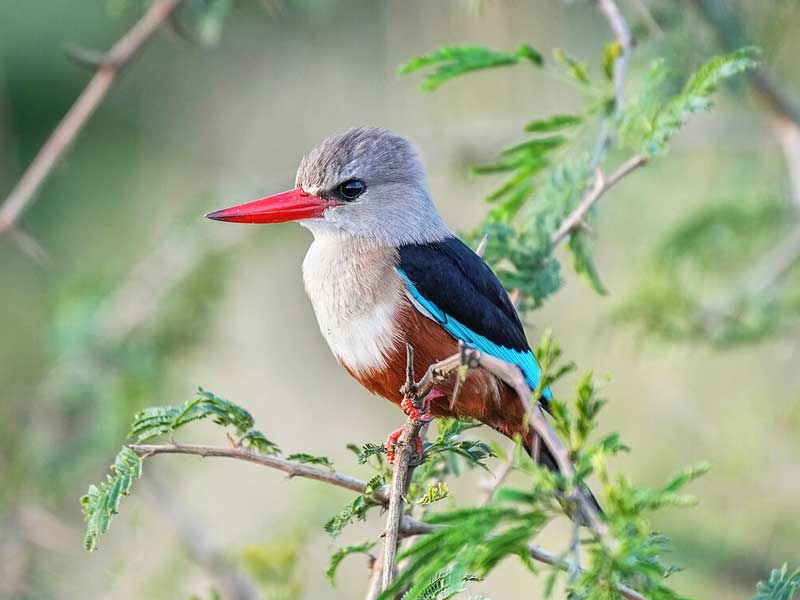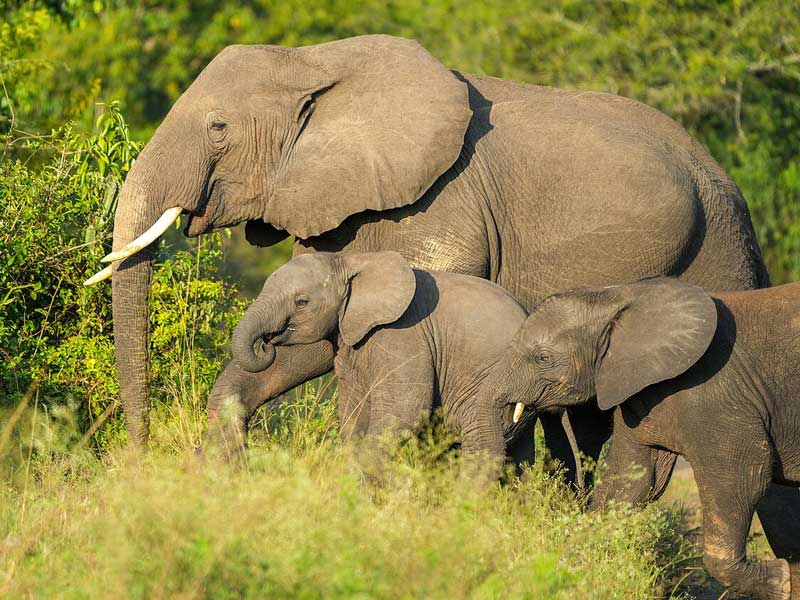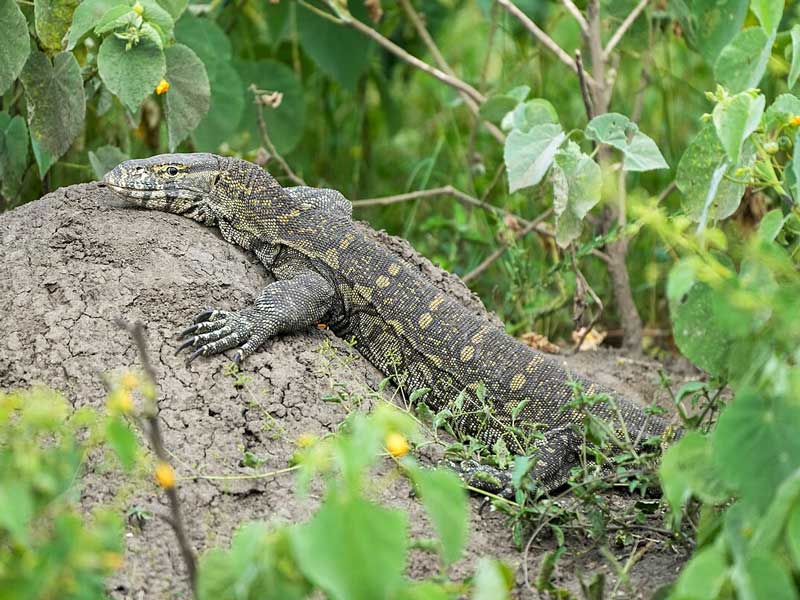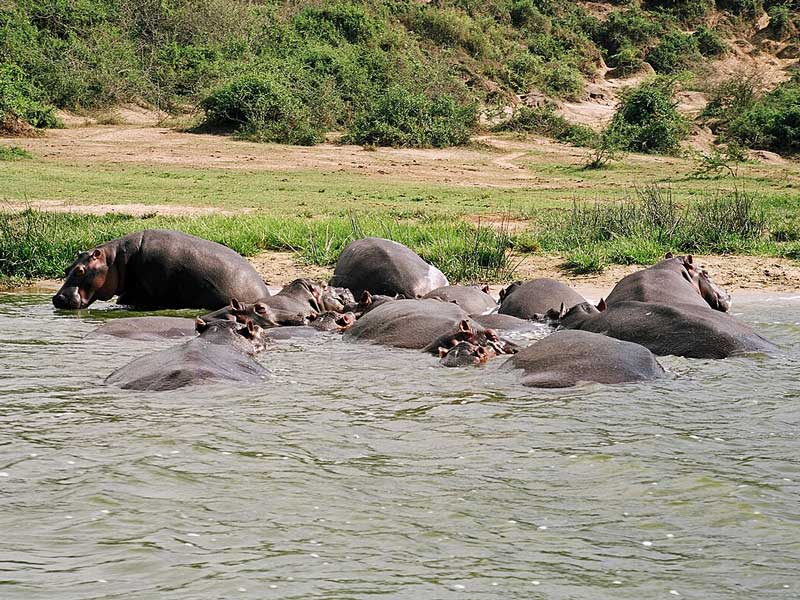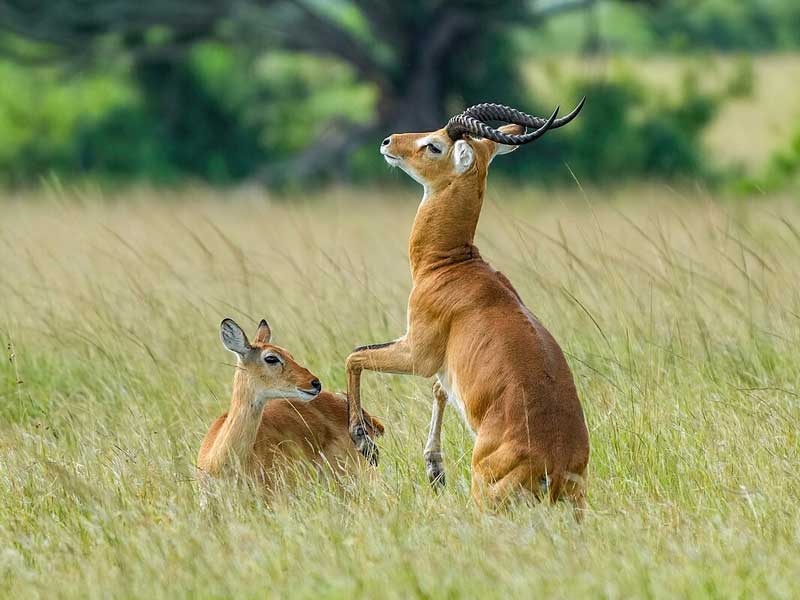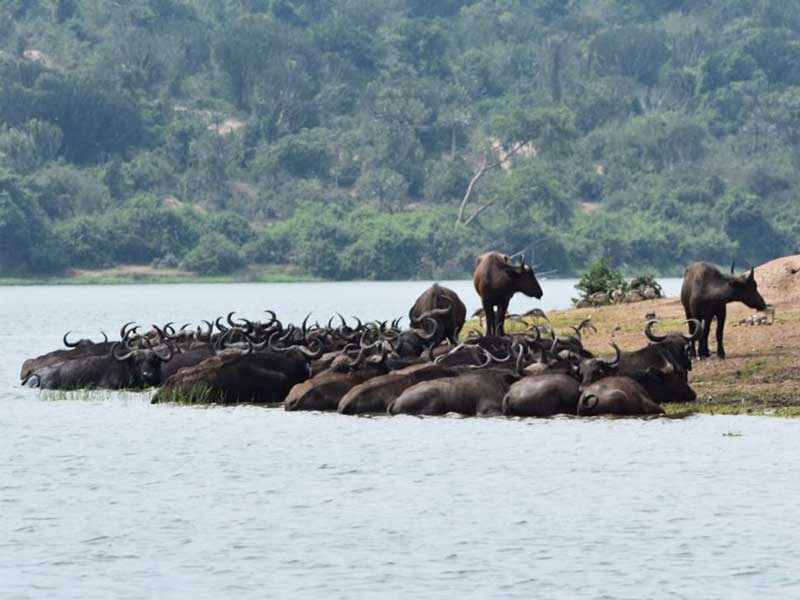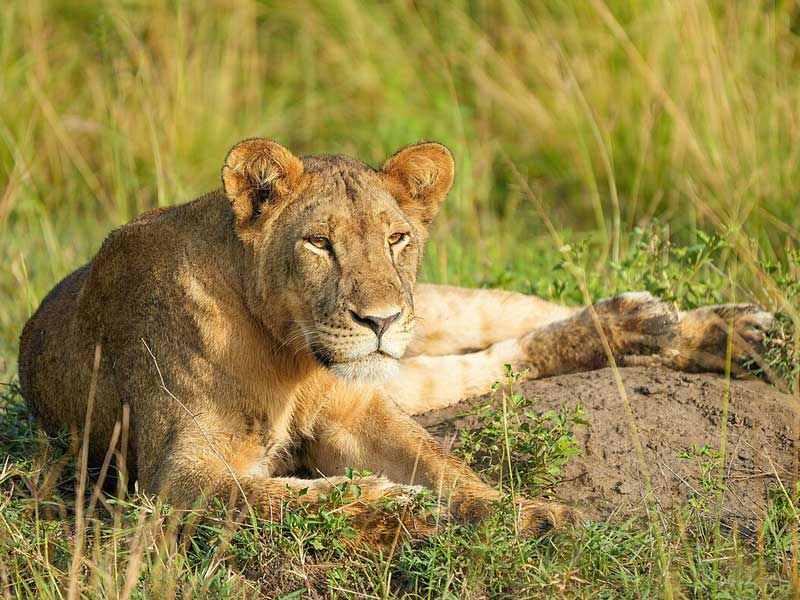Nestled in the southwestern corner of Uganda, Queen Elizabeth National Park is a vibrant tapestry of wildlife, landscapes, and cultural heritage, making it one of Africa’s most spectacular destinations. Spanning approximately 1,978 square kilometers, this vast park is not just a haven for nature enthusiasts but also a testament to Uganda’s commitment to conservation and sustainable tourism.
Whether you’re a seasoned adventurer, a wildlife photographer, or someone simply looking to reconnect with nature, Queen Elizabeth National Park offers an experience that is as diverse as it is unforgettable.
A Rich History and Legacy
Queen Elizabeth National Park, originally known as Kazinga National Park, was established in 1952. It was renamed in honor of Queen Elizabeth II following her visit to Uganda in 1954. This historical connection adds a regal touch to the park’s allure, linking it to a global narrative while celebrating its unique position as one of Africa’s premier wildlife reserves.
The park’s history, however, goes beyond its royal namesake. It is steeped in the traditions and cultures of the local communities that have coexisted with the land for centuries. These communities, including the Banyankole, Bakiga, and Basongora, continue to live around the park, their lives intricately intertwined with the ecosystem.
Their rich cultural heritage adds another layer to the park’s appeal, offering visitors a chance to engage with the people who call this incredible landscape home.
An Unparalleled Wildlife Experience
Queen Elizabeth National Park is often dubbed a “Medley of Wonders,” and for good reason. The park is home to an astonishing variety of wildlife. Over 95 mammal species and more than 600 bird species inhabit the park, making it one of the most biodiverse areas in Africa.
One of the park’s most famous attractions is its population of tree-climbing lions, found in the Ishasha sector. These majestic creatures, lounging in the branches of fig trees, are a rare phenomenon and a sight that leaves visitors in awe. Watching these big cats, seemingly defying the laws of nature, is an experience that draws wildlife enthusiasts from around the world.
But the lions are just the beginning. The park is also home to large herds of elephants, buffaloes, and hippos, which can be seen congregating along the shores of the Kazinga Channel, a natural waterway that connects Lake George to Lake Edward. The Kazinga Channel is also a birdwatcher’s paradise, with flocks of pelicans, African fish eagles, and other water birds painting the sky with their vibrant colors.
For those who seek the thrill of spotting predators, the Kyambura Gorge, also known as the “Valley of the Apes,” offers a unique opportunity to track chimpanzees. This lush, sunken rainforest is a stark contrast to the savannahs surrounding it, providing a sanctuary for these primates and other species like red-tailed monkeys and giant forest hogs.
Diverse Landscapes and Stunning Scenery
The diverse landscapes of Queen Elizabeth National Park are nothing short of breathtaking. The park’s terrain is a mix of savannah, wetlands, forests, and crater lakes, each contributing to its incredible ecological diversity.
The Mweya Peninsula, a prominent feature of the park, offers stunning views of the Kazinga Channel and is an excellent starting point for game drives and boat safaris. As you traverse the savannah plains, you’re greeted by the sight of the Rwenzori Mountains, also known as the “Mountains of the Moon,” forming a dramatic backdrop that enhances the park’s scenic beauty.
One of the park’s hidden gems is the Katwe Explosion Craters, a cluster of dormant volcanic craters. The landscape here is surreal, with deep crater lakes surrounded by steep, rugged cliffs. Lake Katwe, one of the largest craters, is particularly famous for its traditional salt mining practices, which have been carried out by local communities for centuries.
Conservation and Community Involvement
Queen Elizabeth National Park stands as a model for conservation and community involvement. The Uganda Wildlife Authority, in partnership with local communities, has implemented various initiatives to protect the park’s biodiversity while ensuring that tourism benefits the people who live around it.
Eco-tourism plays a crucial role in the park’s conservation efforts. By promoting responsible tourism, the park ensures that its natural resources are preserved for future generations. Visitors are encouraged to engage in activities that have minimal impact on the environment, such as guided nature walks, bird watching, and cultural tours.
The park also supports several community-based projects, including women’s cooperatives and craft markets, where visitors can purchase handmade souvenirs. These initiatives not only provide income for local families but also foster a sense of ownership and pride among the communities, making them active participants in the park’s conservation.
An Unforgettable Adventure
A visit to Queen Elizabeth National Park is more than just a journey through one of Africa’s most beautiful landscapes; it’s an adventure that touches the soul. Whether you’re witnessing a lion lounging in a tree, exploring the depths of a tropical gorge, or sailing along the Kazinga Channel surrounded by wildlife, the park offers experiences that will stay with you long after you’ve left its borders.


